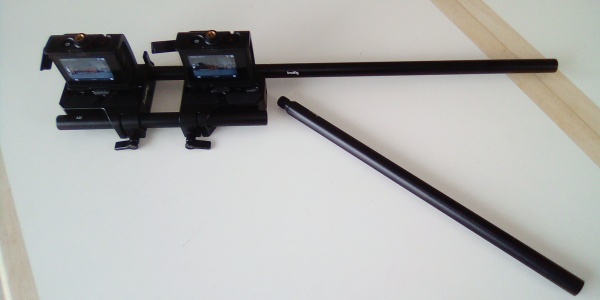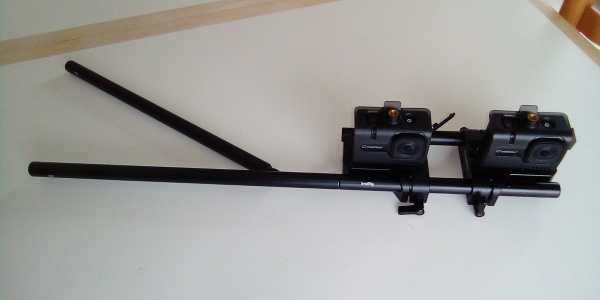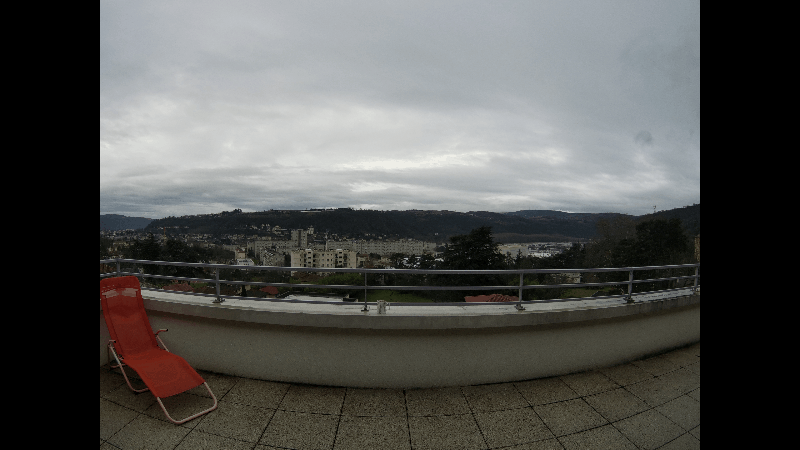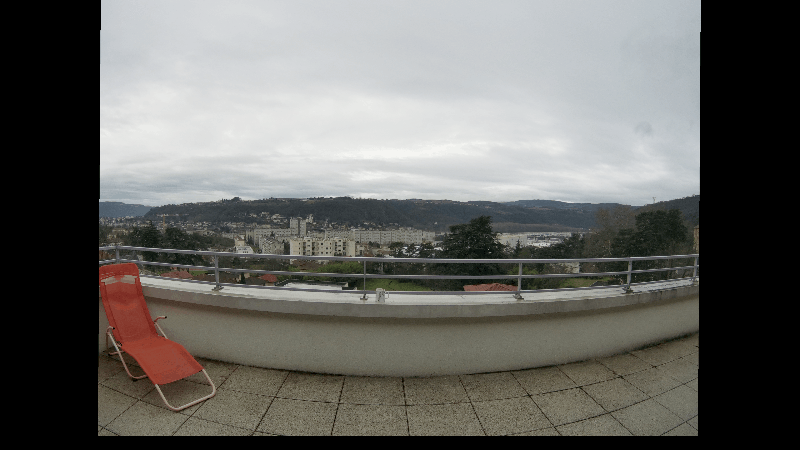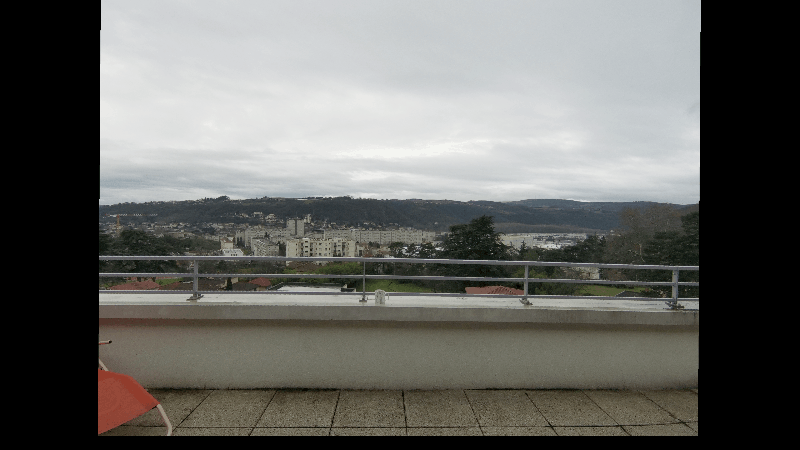Difference between revisions of "Low-cost stereo camera"
(→Distortions) |
(→Introduction) |
||
| Line 15: | Line 15: | ||
I also bought a small equipment to build a stereo slider: | I also bought a small equipment to build a stereo slider: | ||
* [https://www.amazon.fr/gp/product/B0197OP4PU/ref=ppx_yo_dt_b_asin_title_o00_s00 2 base plates] | * [https://www.amazon.fr/gp/product/B0197OP4PU/ref=ppx_yo_dt_b_asin_title_o00_s00 2 base plates] | ||
| − | * [https://www.amazon.fr/gp/product/ | + | * [https://www.amazon.fr/gp/product/B0093XN9XU/ref=ppx_yo_dt_b_asin_title_o00_s00 a set of rods] |
Together with 2 SD memory cards the total cost is around 270€. | Together with 2 SD memory cards the total cost is around 270€. | ||
Revision as of 15:50, 1 February 2021
Contents
Introduction
It's possible to find action cams for few dozens of euros. Building such a low-cost stereo camera could be of big interest for 3Denlive development, because of cumulative problems that need to be fixed.
Here is the short story of my experiments. It will be updated during time.
I bought 2 full-options cameras for 70€ each (with an Amazon 30% promo):
- 20Mpx photos
- 4K videos
- back preview tactile screen
- remote control
- a lot of small equipment provided
- a lot of filtering capabilities: HDR, Stabilization, Lens Distortion Correction, etc
I also bought a small equipment to build a stereo slider:
Together with 2 SD memory cards the total cost is around 270€.
First contact
Assembling the stereo slider is just a play for a kid.
Good news: the remote control is firing both cameras at the same time!
It's not enough synchronized to take a shot of a fast moving object, but comfortable to take multiple shots of a scene with only one click at each.
Video mode is a bit more capricious: both cameras are often properly starting together, but sometimes only one is stopping while the second one still records. It's thus necessary to end it with its own button to avoid restarting the first one.
Tiny technical problem: the plastic USB socket cover is not opening enough to plug it comfortably. It's a risk for the USB plug to be altered in time. Fortunately, the link of this plastic cover is a bit elastic. It may be lengthened by pulling on it without breaking.
Horizontal alignment
Using one of the rods properly put on the back screens of the cameras, it's possible to get a first honorable alignment of the cameras, leading only a very small convergence problem. It's possible to adjust the convergence doing several test shots. But, it's hard to be perfect. This means little perspective problems to deal with afterward.
The slider then offer the possibility to change comfortably the stereo base without damage on the convergence adjustment.
Vertical alignment
On my cameras I get a vertical misalignment. I first thought is was because of the plastic cages. But, when exchanging the cameras, the vertical alignment is also reversed. It's thus certainly a problem like a lens-shift due to a not homogeneous built of the cameras. At this time, I didn't find a comfortable way to fix this problem. Using one of the provided holder with vertical rotation capabilities will certainly be even more complex to adjust. Without a solution, the stereo needs to be vertically aligned in a software post-processing.
Distortions
I obtained quite comfortable stereo views, but the fish-eye distortions makes the surrounding very hard to align, thus a bit uncomfortable to view.
I think this problem on surrounding parts is aggravated by the above building lens-shift. Doing a lens-correction to avoid curvature of straight lines is then very tricky! It's often better to keep the fish eye distortions than trying to rectify the images.
Using the built-in rectification parameter doesn't bring a good solution: it's not perfect, there are still some small curvatures, and it introduces more complex small distortions between views that would be impossible to fix afterward.
Image quality
Zooming to the pixel level there is a lot of grain. It also shows small color layers bad alignments adding tiny pink and yellow fringes on the high contrasted lines, especially on the borders of the pictures.
There is no sun for my first experiments, but images seem to be a bit under-exposed, with quite a low contrast, and colors are also a bit dull. This could mainly be improved either by cameras exposition parameters or by a software post-processing.
For the price, 4K images are quite good. I can't expect such low-cost cameras to provide with top-quality results.
First raw stereo (vertical misalignment is certainly due to a kind of built-in lens-shift difference):
First aligned stereo (style a convergence to fix):
First rectified stereo (certainly needs to apply a different lens correction on each view):
(TO BE CONTINUED)
